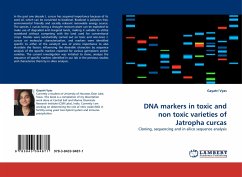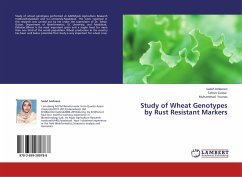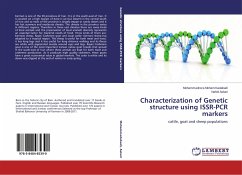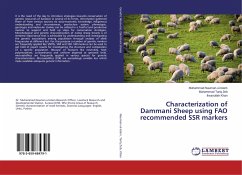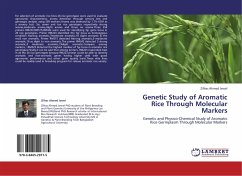
DNA markers in chickens
QTL analysis and genetic of resource population
Versandkostenfrei!
Versandfertig in 6-10 Tagen
32,99 €
inkl. MwSt.

PAYBACK Punkte
16 °P sammeln!
Throughout the last four decades breeders aimed their selection strategy in broilers to fast growing in order to compensate for the growing need for meat consumption especially poultry; those efforts resulted with decrease in time length for marketing maturity and increase with body weight at marketing. Breeding program based on the DNA level rather than on phenotypes only, had helped to focused on particular genes, and their particular effects on linked traits. The ability to detect true linkage with minimum false positive or false negative associations (Test power) has been the challenge in ...
Throughout the last four decades breeders aimed their selection strategy in broilers to fast growing in order to compensate for the growing need for meat consumption especially poultry; those efforts resulted with decrease in time length for marketing maturity and increase with body weight at marketing. Breeding program based on the DNA level rather than on phenotypes only, had helped to focused on particular genes, and their particular effects on linked traits. The ability to detect true linkage with minimum false positive or false negative associations (Test power) has been the challenge in those breeding program. The lack of concrete knowledge of Test power within experimental population structures had led us to design experimental genetic structures, to evaluate test power in a controlled manner. We established wide genetic base populations by created F2 and backcross populations. These populations were maintained in family structure to allow for linkage disequilibrium state between marker and QTL. We further examine test power in three Single Cross families implementing two genotype approaches; Tail Analysis and Selective Genotype.



